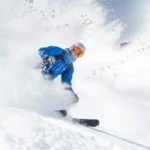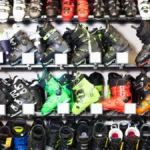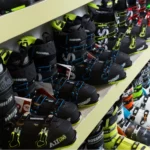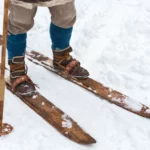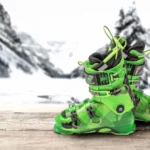How Long Do Ski Boots Last?

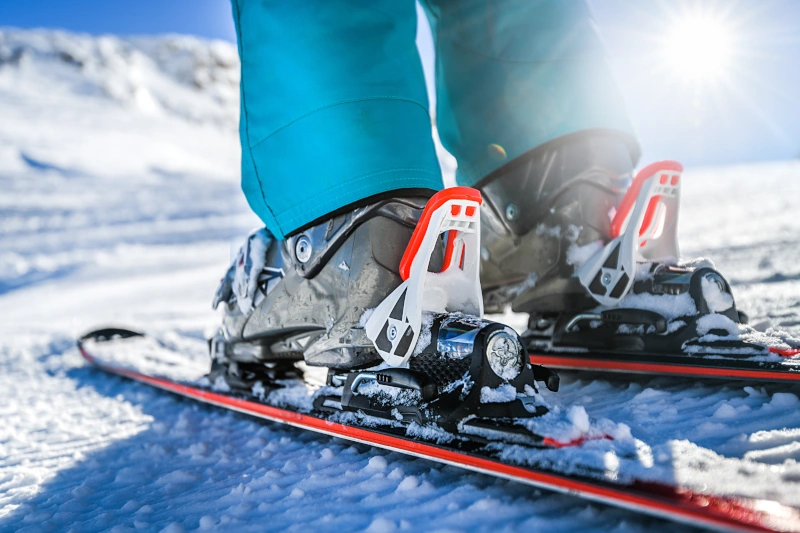
The lifespan of ski boots can range from 50 to 200 skiing days, depending on the quality of materials, frequency of use and skiing conditions, among other variables. Entry-level boots last about 40 to 90 days, while ones designed for more advanced skiers can endure 200 days or more. For infrequent skiers, boots can last six to eight years.
Why Do Ski Boots Wear Out?
Like all footwear, ski boots degrade over time. The rate of this is affected by factors like construction quality, number of ski days, walking distance, and skier weight and skiing style. Due to consistent stress, the plastic shell warps and loses elasticity, affecting ski energy transfer. Liners can compress or tear, worsening fit. Meanwhile, UV exposure, extreme temperature fluctuation, improper storage, and use on non-snow surfaces also degrade boots.
Functional Reasons to Replace Ski Boots
When you notice your ski boots are worse for wear in the following three areas, it’s time to consider investing in a new pair.
Liners Get Compacted
Ski boot liners, crucial for comfort and performance, degrade with use. The foam compacts, reducing rebound and foot hold. Although manufacturers estimate that liners will last 200 skiing days, they often need replacement after 150 days. Signs of a packed-out liner and degradation include visible damage, reduced ski control, and increased foot movement inside the boot, especially at the heel.
Ski Boot Shells Degrade
Ski boot shells degrade from use, environmental factors and aging. Skiing strains and eventually warps the plastic, which becomes more brittle over time. Boots also degrade from oxygen in the air and UV light exposure. Factors like temperature, UV light and skier weight, as well as the boot style and construction quality, impact shell wear.
Soles Get Worn Out
When ski boot soles wear out, performance and safety can suffer greatly. Regular use of ski boots, exposure to sunlight and walking on non-snowy surfaces all damage soles. Wear is more pronounced for advanced or heavier skiers. Signs of necessary repair or replacement include difficulty getting a firm attachment to the bindings or premature detachment from the skis.
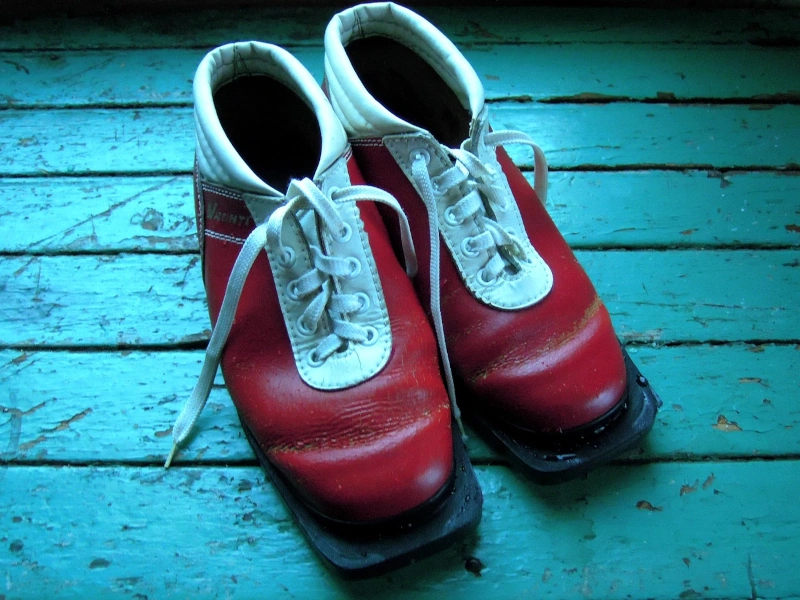
Personal Reasons to Replace Ski Boots
Many skiers choose to replace ski boots for reasons other than straightforward wear and tear. Here are a few reasons skiers shared why they replaced their ski boots.
Advancing in skill level
Many skiers advance in skill level faster than their entry-level ski boots wear out. To keep up with their skill, skiers will need to purchase new boots that are more suited to their abilities. This typically means opting for a stiffer boot flex and a more snug fit.
Advancements in ski boots
Manufacturers update ski boot models with new features every year. Some skiers decide that these novel components – be them app-controlled heated ski boot liners or Gripwalk soles – are must-haves for the ideal ski experience.
To match their new ski ensemble
The ski slopes can be colorful, and many powder hounds choose to express their style through matching ski gear.
Seasonal turnaround
Some skiers prefer to sell their ski boots after a single season because they can sell them more easily, and for a more substantial price, than if they incurred more wear and tear.
Benefits of Upgrading Ski Boots
Upgrading ski boots offers numerous benefits, from enhancing performance to improving comfort. Over time, ski boots endure significant wear and tear. This is especially true for the liners, which often require replacement before the boot shell.
Modern ski boots often feature replaceable heels and toes, allowing for easy swaps that can prolong the life of your boots. Additionally, as skiers advance in skill level, the need for boots with different flex becomes apparent. Beginners typically require boots with a softer flex for comfort, while more experienced skiers benefit from stiffer boots capable of handling steeper terrain. High-performance ski boots, offering less flexibility, are ideal for those looking to elevate their skiing prowess.
Lastly, investing in high-quality ski boots ensures durability, especially for frequent skiers or those embarking on backcountry adventures. While pricier, high-end boots are designed to withstand the rigors of the sport and offer a longer lifespan than their cheaper counterparts.
